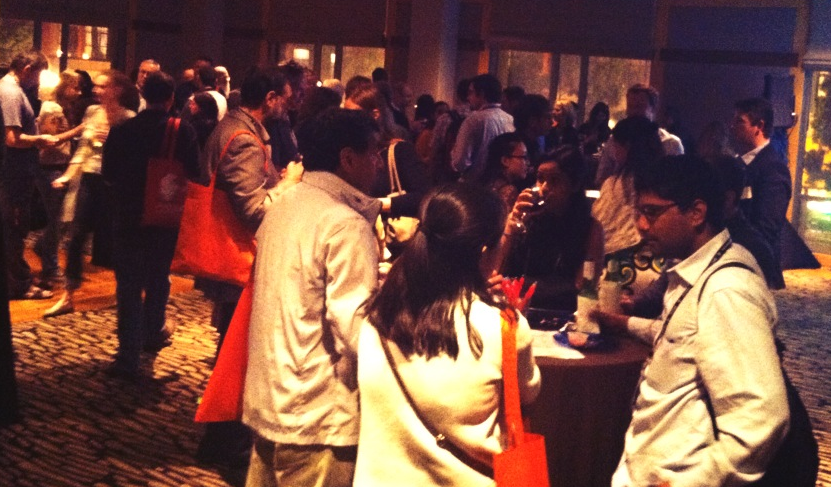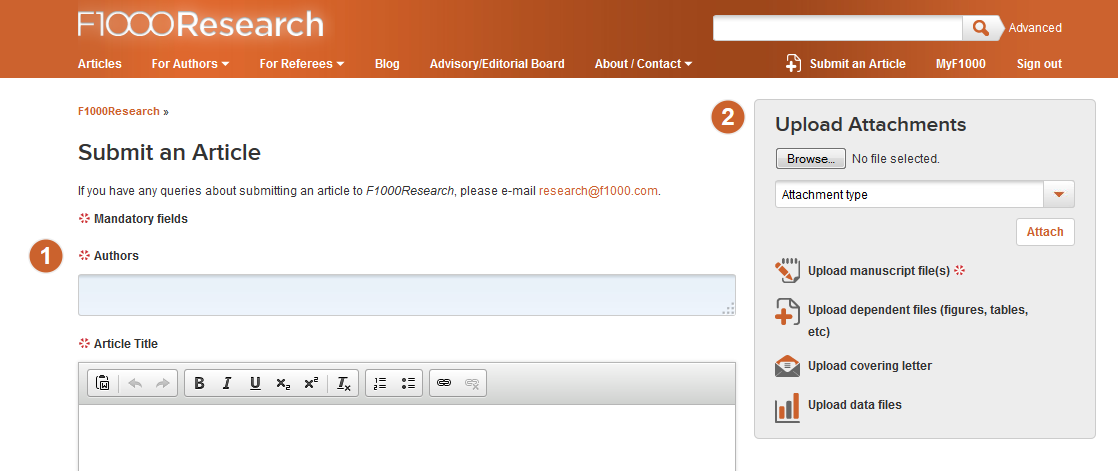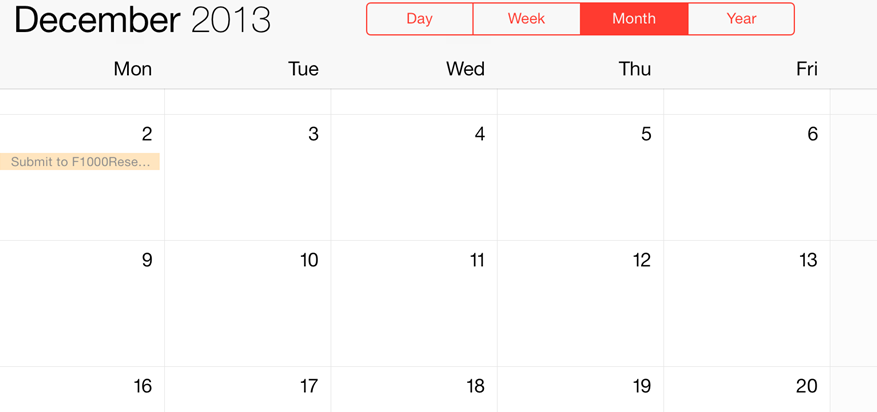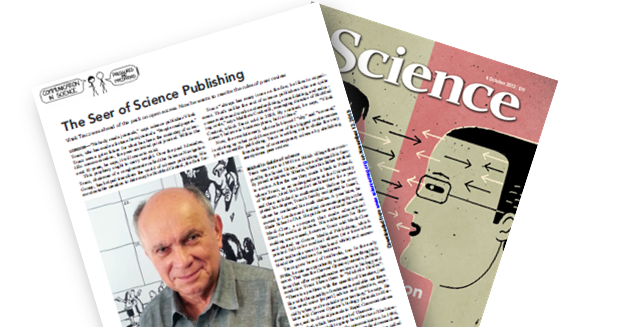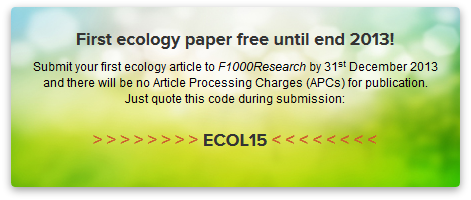11 Reasons to submit to F1000Research now
| 15 November, 2013 | Eva Amsen |
|

|
1. We’ve just attended a number of conferences and visited several institutes, so you might have already met us. Why not send us a paper, and be included in our first full calendar year of published articles?
(SfN reception, 11/11/13 – photo by Cindy Chen.)
2. It’s a busy time of year, but our single-page submission system is fast and user-friendly, so you won’t have to waste hours just to submit.
(Part of our submission page. You’ll need to log in or set up a free account to see it.)
3. Our average time to publication from receiving your final, complete, manuscript is five business days, so you can easily get a 2013 publication date on your paper if you send it in now.
4. We are so quick because the peer review process doesn’t start until after publication. Our innovative peer review model has been covered in Science, Wired and many other publications, and you can experience it first-hand!
(Our chairman, Vitek Tracz, was profiled in the October 4 issue of Science.)
5. Are you an ecologist, marine ecologist, or paleo-ecologist? Then you definitely should send in a paper soon, because until the end of December we’re waiving the fee on your first ecology paper!
6. If you’re working on software related to biology or medicine, you can also publish your first software paper at no cost before the end of this year.
7. And for clinicians, publishing your first medical case report in F1000Research is free until the end of 2013 as well!
8. All our articles are open access and all underlying data are open access too. This means we comply with the guidelines of many funders who are increasingly requesting open access and data deposition. Start 2014 with a clear conscience that you’ve complied with your funder’s guidelines!
9. We’re working on some exciting projects. We just launched a tool that lets you plot and re-plot data within a paper.
(Part of the data plotting tool in one of our articles.)
10. We’re collaborating with multiple organisations involved in best practice guidelines and new tools related to open science publishing. This is the future of publishing, and you can say that you were a part of it way back in 2013.
(This image is the interactive footer from our homepage, where it actually links to the respective organisations.)
11. Speaking of the future, our articles themselves can grow and develop over time. We allow authors to amend their paper to a new version at any time, even after passing peer review, and we encourage authors of reviews to write follow-ups so that their work covers the most up-to-date status of the field. We know that your paper is never really entirely finished, so submit your 2013 papers now, and keep your science up to date in 2014.

|

